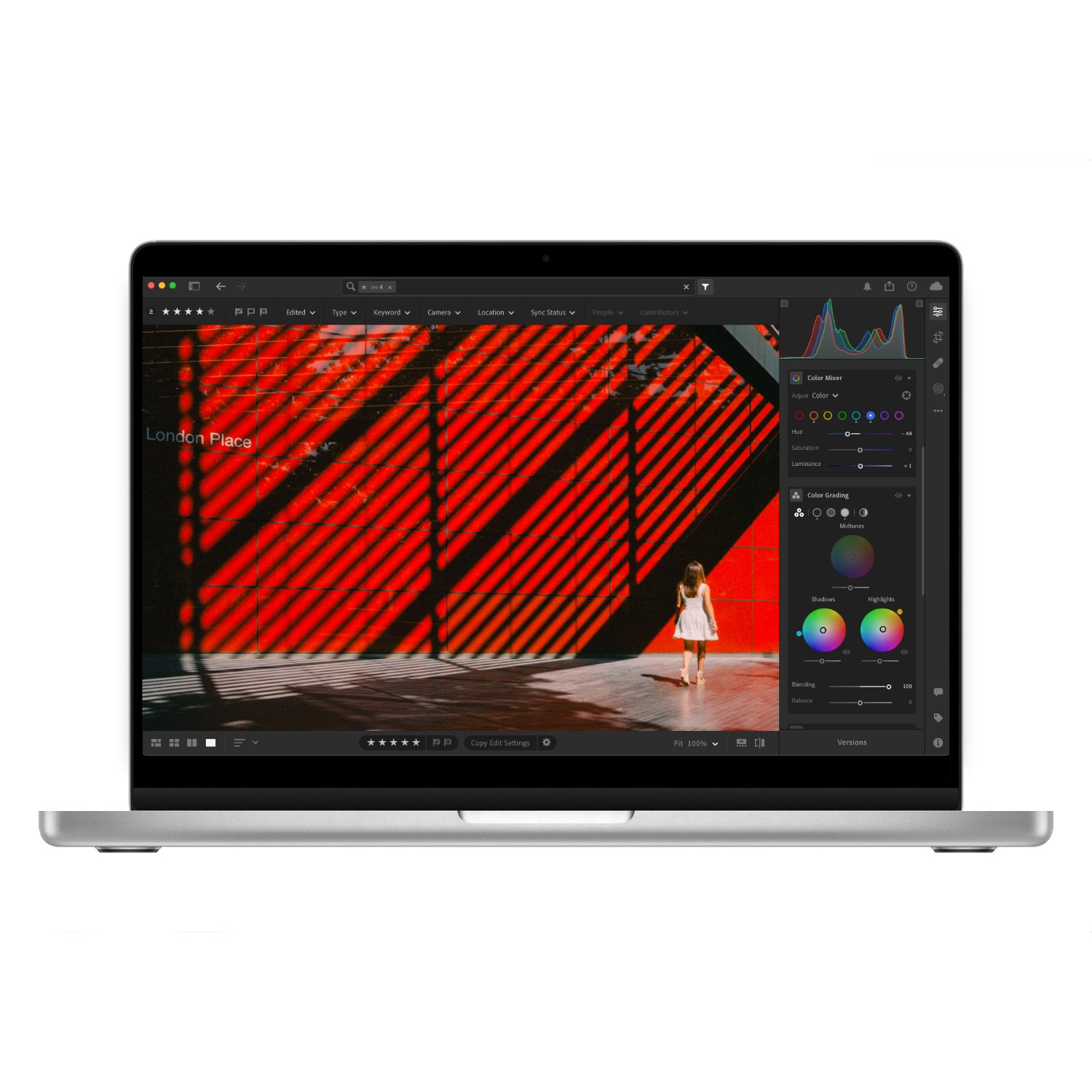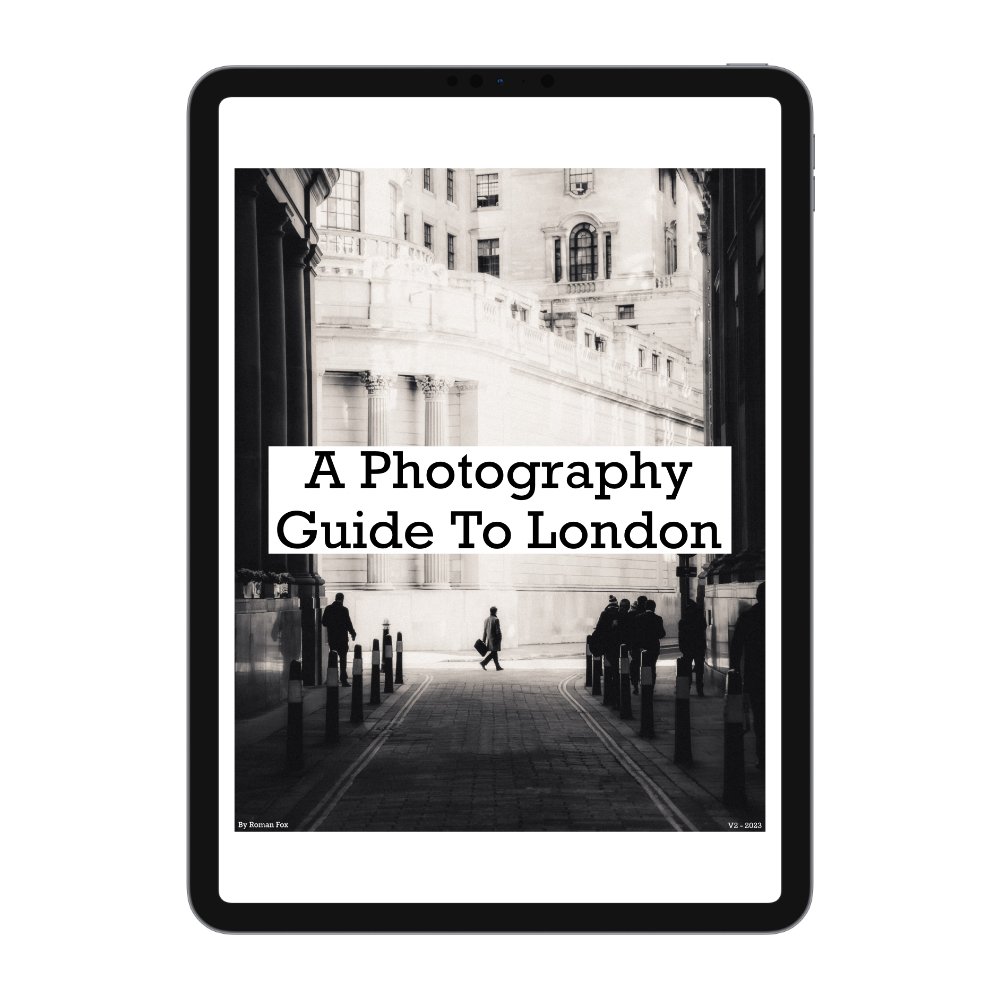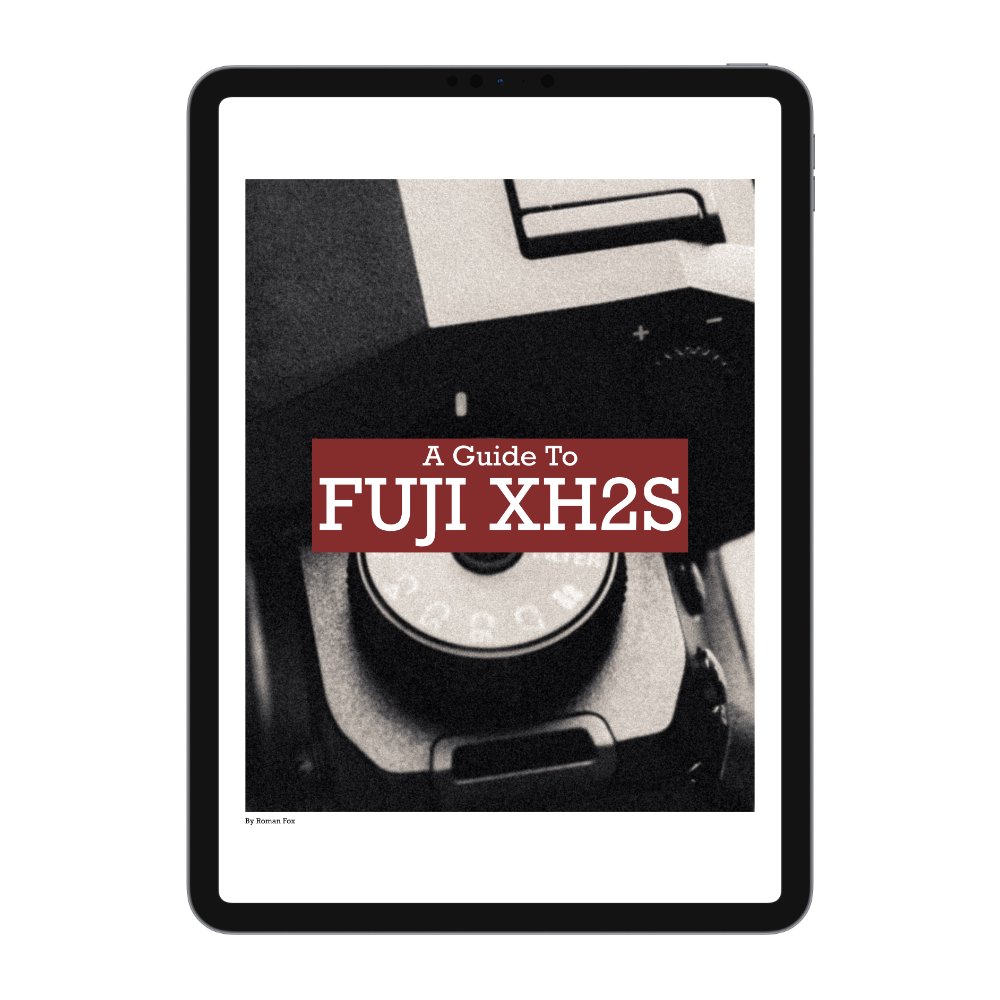How To Spend 1 Week In Japan (Travel Guide)
In 2024 I spent over 3 months travelling across Japan and in this blog I will share with you how to spend one week in this incredible country and squeeze the most out of your stay.
Why Japan
I’ve been fortunate enough to travel to many places throughout my life, however no other country felt as ‘complete’ as Japan. By that I mean what it had to offer. Japan ticks almost every box on the dream destination list. You have the insane mega city that is Tokyo, historical temples in Kyoto, sleepy beach towns of Kamakura and the list goes on. Whether you want to hop from city to city or disappear into nature, there is everything for everyone. Having the Shinkansen (bullet train) allows you to cover insane distances in a matter of a few hours and a comprehensive network of local trains means almost everywhere is reachable without a car. Japan is also incredibly safe so perfect for first time or solo travellers. The only negative thing about visiting is it will now be your benchmark for all future travel… a benchmark that I’m not sure will ever be replaced.
Is a Week Enough?
One week will be tight but doable. In an ideal world I would suggest 10-14 days, however if time is limited, then you can do it. Just be ready to power through your jet lag and accept that you might need to carry on exploring even if the weather doesn’t agree. You won’t really get much rest and each day will be packed, however many people love travelling like that. The main suggestion would be to create one or even two plans and make sure you have a substitute activity in case something goes wrong. If time is limited, the last thing you want to be doing is sitting in a cafe and frantically trying to find something to do. Finally you will have to accept that you will not cover all the main places and most visits will be brief.
Before You Arrive
There are four requirements that will make your journey much easier and these need to be done before you arrive. First is to ensure you have a return or onward journey. I’m sure for some this wasn’t an issue but when I landed in Japan, they were thoroughly checking to ensure you have return or onwards transport booked. Secondly you need cash. Although cashless payments are becoming very common, many places (especially independent businesses and market stalls) only take cash. You can get this at the airport or beforehand, up to you. If you have an iPhone, go into the Apple Wallet App and under transit cards add the ICOCA card. There are other options that all do pretty much the same but I can only vouch for ICOCA as that’s what I used. This is going to be your main transport and payment card. You can use it on all public transport and even use it to pay for things in places where credit cards are not accepted. Just top it up via Apple Pay and you’re good to go.
Make sure you have a translation app on your phone with offline capability. I use Apple Translate and it worked great. Most people don’t speak English or have very limited knowledge of basic words. Finally if there are specific things you must do, make sure to book them before arriving. For example Shibuya Sky can be booked over a week in advance. If you have specific restaurants that you really want to visit, make sure you book them in advance too.
When To Visit
I spent 3 months in Japan from March through to May and have spoken to many locals and other travellers about best times to visit. I would suggest May or September - October. You get perfect weather and less crowds. If you come in March or April, you will have to deal with the Sakura tourists and it becomes unbearable. The winters can be brutally cold while the summers are extremely hot and humid. June is rainy season but I heard October is a great month for sunshine.
Getting Around
This can be split into three parts. Getting around cities, going from city to city and exploring the countryside. The last one is the easiest because if you plan to explore more remote areas, nature, small villages or you’re going to be doing outdoor activities such as hiking, then hire a car. I would not want to be relying on any form of public transport in that scenario.
If you plan to city hop then the only sensible way is to use the Shinkansen (bullet train). It’s insanely efficient and will stop at all major cities across the country. You could even do an entire trip based on the Shinkansen route. I suggest booking at the manned ticket offices at stations where the Shinkansen stops. This would avoid any confusion and incorrect tickets. I would also recommend booking the green car. It’s a little more expensive but the comfort is well worth it. If you know your future travel dates, then I suggest booking it all in one go ahead of time to ensure you get seats. Finally unless you plan to use trains every single day, I would avoid the JR pass. However if you will be using the JR trains frequently, then it might be worth it. Personally I prefer to just pay as I go.
As for cities such as Tokyo, there are 3 main ways to get around. The first and easiest way is by using the train and metro system. You have metro lines just like any city as well as the JR Line trains which overlap and offer express routes. The train network may seem incredibly complicated however after a while you will understand it, although some of the major stations can get rather overwhelming. In the stations you have English translations and announcements and there’s always someone to help. As for navigating, I found Apple Maps to be superior to Google both in terms of accuracy and route choice. Finally keep in mind that trains can get very busy especially during rush hour and it’s not uncommon for things to get very tight with people pushing in and using all the available space.
The second way to get around is to grab a taxi by either flagging one down or using Uber. In Japan, Uber is used for traditional taxis, not private hire like in Europe. Taxis are also efficient, easy and affordable especially if you have luggage. Last but not least walking is a great way to see the city if you’re happy to spend hours on foot and cover many miles. The distances are huge and it’s not uncommon to spend 2-3 hours walking from one spot to another. With that said, you will walk through many great neighbourhoods and will end up seeing a lot of the city that you would otherwise miss.
Photography
Photography is very popular in Japan. I’ve never seen so many camera shops and such a passion for this craft. It’s not uncommon to bump into photographers in every part of town either shooting street, architecture or portraits. This should come as no surprise that photography is accepted and tolerated unlike many other countries where things can be more hostile. With that said people here will make it clear if they don’t wish to be on camera and you have to respect that. They will usually make a cross with their hands to signal they don’t want to be photographed. Equally they will make it clear when they’re happy to be on camera.
Japanese people are respectful, polite and quiet. Therefore they will not make a scene even if they feel something is not right. Unfortunately in my time here I’ve seen many photographers take advantage of that and photograph people in a way that they would never dream of back home because they know they will not get any confrontation. It’s not up to me to say what’s right or wrong, all I can say is be respectful and remember you’re a guest. Use common sense and if you feel your actions may upset or alarm someone, then it’s better to put the camera away.
As for gear I found myself mostly shooting between 35mm and 85mm in full frame terms. Many smaller streets, markets and cramped neighbourhoods worked well with the 35mm. The 50mm was great for focusing more on subjects while the 85mm worked well for picking out details, shooting abstract or finding simplicity in chaotic scenes. When heading out of the city, I found myself shooting at either 35mm or 85mm. Whatever gear you choose, my main advice is to keep your set up small and light.
Things To Keep In Mind
Japan has many small rules and customs that at first may seem strange but once you understand the culture and society a little, they will make sense. This isn’t a blog about that so I won’t go into details, but I would suggest reading up before visiting. At the moment Japan is going through a huge tourism boom with 2024 being the busiest one yet. This leads to insane crowds at popular locations, annoyed locals and a general reduction in respect for the environment and people. I’ve seen people chase geishas, some idiot trying to jump on a deer in Nara, littering and general dick behaviour. This has resulted in certain viewpoints or even entire areas being made off limits to visitors. Furthermore if you want to eat out, get ready to either book ahead or wait in long lines that can easily stretch into over an hour especially in popular spots. You can get around this by going to less popular areas or restaurants, ordering from Uber Eats or in worst case scenario popping into a convenience store. Tipping is not really a thing in Japan and very often can actually cause discomfort for the waiter / waitress. If the service was incredible and you really feel like you must tip, I suggest asking first if it’s ok to leave a tip. I’ve done this a few times with a 5050 response.
How Much To Bring
We can split this into two categories… money and luggage. As for money, right now the Yen is weak so your pound, euro or dollar will go very far. I can’t comment on times when the Yen is stronger so just add 20-50% depending on how much stronger the Yen is at the time you travel compared to 2024. When it comes to food, £50 per day per person is plenty as long as you’re not going to really fancy places. You can get this down considerably if you eat from convenience stores, markets and local spots. Most attractions, viewpoints and activities will cost something. However I don’t remember spending more than £20 entry. As for luggage, I suggest bringing a backpack given the short duration. A 40L travel style backpack and a smaller sling, backpack or tote for daily carry will be plenty.
Day 1 - Tokyo (Asakusa, Ginza, Tsukiji, Gyoen Park, Shibuya, Shinjuku)
Hopefully you’re ok with jet lag because the first day will be busy. We will start the day as early as you can in Asakusa, one of Tokyos oldest and most traditional neighbourhoods. Filled with temples, stores selling hand crafted goods and delicious food. It’s a popular spot and gets extremely busy hence the early start
After that we will head to Ginza, a modern high end shopping district of Tokyo. Ginza is an easy starting point because it’s the most western part of Tokyo and is a good way to ease into the trip. There is plenty of food, coffee, bars and shopping just incase you need to stock up on essentials. The entire area is worth exploring so just zig zag around. I would also pay a visit to Tokyu Plaza and head to the top floor for some great views of the city.
A short walk from Ginza will take you to Tsukiji market. A traditional fish market with amazing street food and plenty to explore. If you love street food, this is a must. Even if you don’t, it’s a bustling market that’s great to explore. Also be sure to explore some of the back streets and alleys as they often will hide traditional restaurants that you won’t find on google maps or in a tourist brochure.
By this point you might need a break from the chaos so head straight into Gyoen Park near Shinjuku. It’s one of the most beautiful parks and although you need to pay a small fee, it’s well worth it. We spent a good few hours here on our visit and loved it. This also is convenient for the evening.
Now it’s time to explore Shinjuku / Shibuya at night. Although these areas are cool during the day, at night is where they really come to life. We will do Shinjuku first and then I suggest walking to Shibuya. It will take an hour or so but it’s worth it. How long you stay will depend on if you enjoy nightlife and if you can tolerate many people. Make sure to check out Golden Gai. This is a collection of tiny bars all grouped together. I didn’t count but there must be over 50 of these 10 person max bars and each is unique in its own way.
When you get into Shibuya head to Shibuya Sky for an amazing view of the city and crossing, just make sure to book in advance. After pop into MAG’s PARK for another cool view but lower down. Finally keep in mind that the trains usually only run until midnight or just after. If you do miss the last train you either need to find an available taxi or wait till the 5am train.
If you’re a photographer, I created this dedicated guide for shooting in Tokyo. You can read it here.
If you wish to swap something out and do some more viewpoints, I already created a comprehensive guide on Tokyo viewpoints that you can read here.
Day 2 - Kamakura + Enoshima
The first day was intense so no better way to unwind than to head to the beach. Kamakura is a sleepy and picturesque beach town located only an hour or so away by train. I already created an entire blog on this and I will link it here.
Day 3 - Fujiyoshida
The next stop is to see a Japanese icon, Mt Fuji. There are many ways to see Fuji and it would be a lifetimes work to drive around the area looking for the best views. Given the short duration of this trip, I would recommend going to Fujiyoshida. I already created a gull guide on this that you can read here.
Day 4 - Kyoto
On the fourth day we make our way to Kyoto, a must see for any visitor. On day one we will do the most touristy activity and that is Fushimi Inari Taisha. The beginning will be very busy however as you keep going up, it becomes much more tolerable as most people don’t want to climb. Keep going as far as you or as long as time permits. We spent about 3-4 just walking round and getting lost. While in the area pop into Vermillion Cafe for some lunch with a view.
After you’re done, set the walking directions on your phone to Hosho-in Temple and walk there. It will take a while but it’s so worth it because you will walk through some beautiful neighbourhoods, temples and gardens. Most of which will be 10% as busy as the stuff you see on Instagram. If you have any energy left, explore around the area before calling it a day. For a great healthy dinner pop into Isoya.
Day 5 - Kyoto
This day will be much slower. After a lazy late start head to Kennin-ji Temple. Spend some time exploring inside and out however my personal highlight was walking to Seirai-in Temple, getting a coffee and enjoying the perfect garden while sitting inside.
You couldn’t do a day in Kyoto without visiting Arashiyama, also known as the bamboo forest. Just like with Fushimi, the beginning will be crowded and almost unbearable. However once you fight your way through all the selfie sticks and lost tourists, you will find things become quieter and more peaceful. So simple walk and explore as there’s so much to see.
Depending on what time you finish, the last landmark to check off your list is Kinkaku-Ji, also known as the golden temple. I left it till last because this is a quick visit and simply a walk around the temple.
Day 6 - Nara
On day 6 we will head to Nara however the deer park isn’t the sole reason for the visit. When you arrive, set your maps to take you to Todai-ji Temple. The sheer scale of this temple will leave you gobsmacked.
A bonus is it’s located right in the heart of the deer park so going there will also let you experience all the deer. You can buy special biscuits to feed them however I suggest not teasing them as they can bite and push you around. I personally didn’t, but it was fun to watch others tease and pay the price.
The temple and deer park will take the best part of 4-5 hours and after I suggest walking through the old part of Nara and exploring all those little streets and alleyways. Eventually they will take you towards the train station from where you can carry on your journey.
Day 7 - Tokyo (Yanaka, Ueno, Akhibara, Shimo-Kitazawa)
On the final day start in Yanaka, a quiet part of town that feels more like a village. From here explore the sleepy alleys but also check out the high street. Then proceed to walk towards Ueno Park. The walk is great and the park is really nice to explore too. From the park head through Ueno and keep going towards Akihabara.
Ueno is packed with restaurants, markets and street food so make sure to do a loop as you pass by. As you walk towards Akihabara try to take different routes in order to see more. For example the main road will be busy, the back roads will be very quiet and you can follow the train tracks too.
If you decide to go on the weekend, they sometimes shut the road and it’s really cool to walk down the middle of a closed road (they do the same in Ginza). Akihabara is the place to go if you like video games and anime. It’s full of arcades, video game cafes and anime stores.
By now you’re probably exhausted so I left it as a bit of a chill afternoon. Head over to Shimo-Kitazawa and experience one of the nicest and most chill areas of Tokyo. It feels like a small hip town and is a million miles away from the chaos. Explore nice coffee shops, amazing food, plenty of vintage clothing and more. Of course if you still have energy then you can always re-visit anything you missed or find somewhere new. However if it was me, I would stay in Shimo and watch the world go by with a drink.
If you found this blog helpful and wish to learn more about photography & travel while having direct access to me, please consider joining my Patreon community.



































































